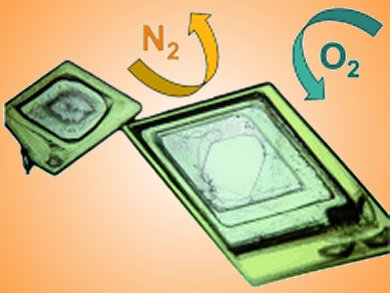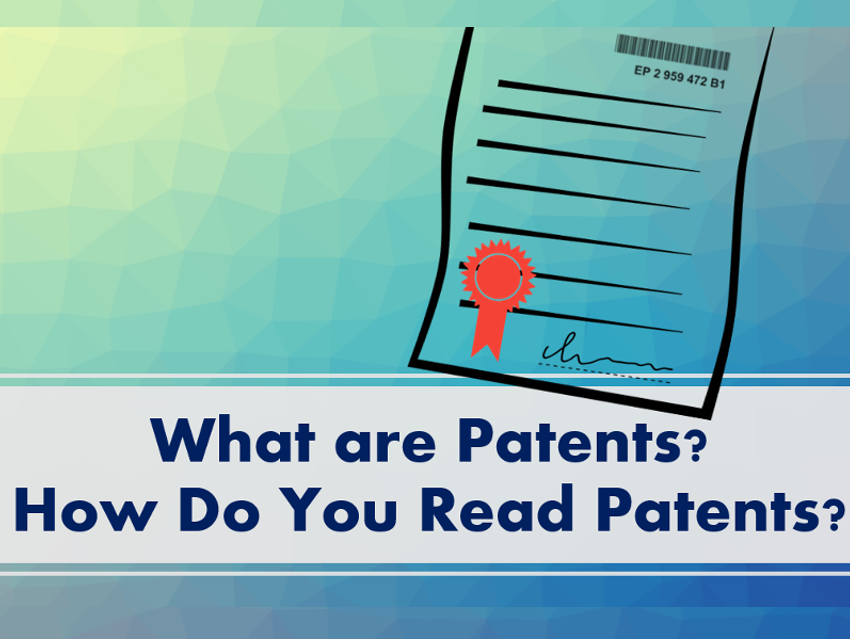How can drugs be delivered through the blood–brain barrier to the brain? This and many other aspects of chemical shuttles are outlined by E. Giralt et al. in this issue’s Review. In a Minireview, H. Frey et al. discuss multifunctional poly(ethyleneglycol)s. The highlights deal with organocatalytic hydroacylation of unactivated alkenes (D. A. DiRocco and T. Rovis) and Fischer–Tropsch chemistry at room temperature (D. L. Gerlach and N. Lehnert).
In the Communications section, H. Takayama et al. report on the asymmetric total synthesis of the pentacyclic alkaloid huperzine-Q. E. Giamello et al. succeeded in probing the local environment of stable Ti3+ ions generated in a 17O-enriched polycrystalline TiO2 (rutile) sample by means of hyperfine sublevel correlation spectroscopy. C. M. Crudden et al. show that rhodium NHC complexes undergo back-to-back single-crystal-to-single-crystal transformations by selective nonreversible ligand exchange reactions (see picture).




